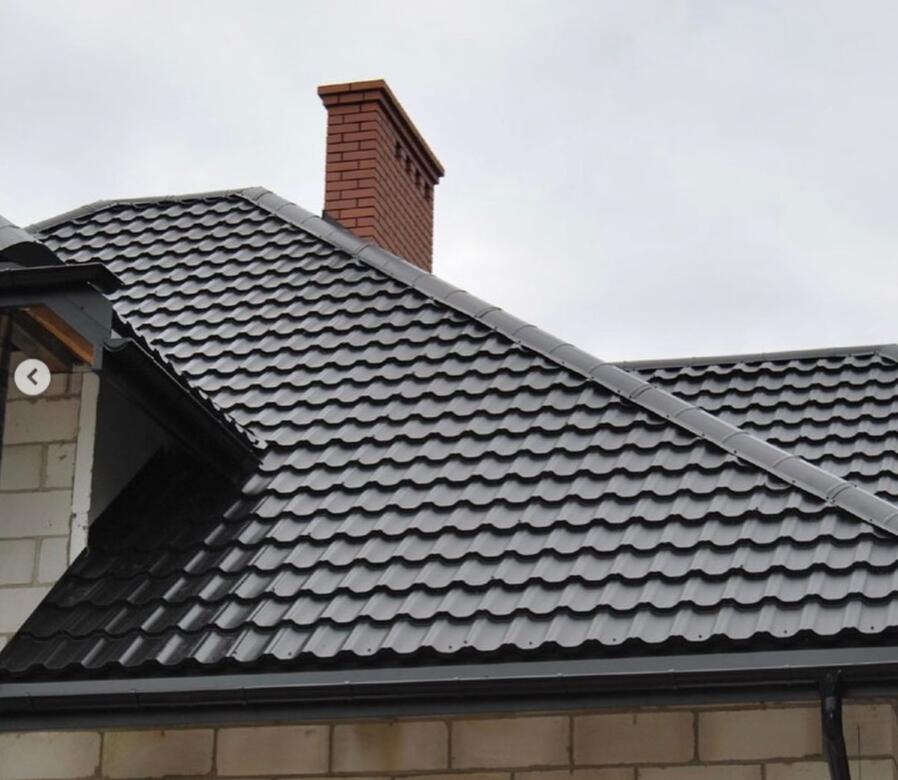Stainless Steel Slitting Equipment for Efficient Metal Processing and Cutting Solutions
The Evolution and Importance of Stainless Steel Slitting Machines
In the modern manufacturing landscape, the processing of stainless steel has become increasingly significant due to its durability, resistance to corrosion, and aesthetic appeal. Among the essential tools in this sector is the stainless steel slitting machine, a device that plays a vital role in the production of steel strips used in various industries.
A stainless steel slitting machine is primarily designed to cut large coils of stainless steel into narrower strips. This process, known as slitting, involves feeding the parent coil into the machine, where it passes through rotary knives that slice the steel according to specified widths. The resulting strips can then be wound onto smaller coils or delivered in cut lengths, depending on the requirements of the end users.
Efficiency and Precision in Processing
One of the key advantages of stainless steel slitting machines is their ability to deliver high-speed processing without compromising on precision. Advanced models feature computer numerical control (CNC) systems, allowing for precise adjustments and measurements during operation. This technology significantly reduces the likelihood of errors, ensuring that each strip meets the exact specifications required by downstream processes.
Moreover, these machines are equipped with sophisticated feeding systems that maintain consistent tension on the stainless steel coil. This tension is critical for achieving clean cuts and preventing defects in the strips. As a result, manufacturers can maintain high quality in their products, which is essential in industries where reliability is paramount, such as automotive, aerospace, and construction.
Versatility Across Industries
stainless steel slitting machine

Stainless steel slitting machines are not confined to a single industry; their versatile nature allows them to cater to a wide range of applications. From the production of stainless steel roofing materials to the manufacturing of kitchen appliances, the strips produced by these machines serve as crucial components in countless products. Additionally, they can be tailored to accommodate various types of stainless steel grades, ensuring that they meet specific mechanical and chemical properties required for different applications.
Innovations and Future Trends
The continuous evolution of technology has led to significant innovations in the design and functionality of stainless steel slitting machines. Modern models integrate automation features, such as automated in-feed and out-feed systems, which enhance operational efficiency while reducing labor costs. Additionally, advancements in blade technology and materials have resulted in longer-lasting cutting tools, further minimizing downtime and maintenance costs.
Looking forward, the industry's focus on sustainability is also influencing the development of stainless steel slitting machines. Manufacturers are increasingly seeking ways to reduce waste and energy consumption during the slitting process. This shift is prompting the implementation of more eco-friendly practices, including the use of hydraulic systems that consume less energy and the recycling of scrap material created during slitting.
Conclusion
In conclusion, stainless steel slitting machines are an indispensable part of the stainless steel processing industry. Their efficiency, precision, and versatility make them essential for producing high-quality steel strips used across a multitude of sectors. As technology continues to advance, these machines are expected to become even more efficient and sustainable, further cementing their role in modern manufacturing. By investing in state-of-the-art slitting machines, manufacturers can enhance their production capabilities, meet the demands of a competitive market, and contribute to a more sustainable future.
-
Roof Panel Machines: Buying Guide, Types, and PricingNewsJul.04, 2025
-
Purlin Machines: Types, Features, and Pricing GuideNewsJul.04, 2025
-
Metal Embossing Machines: Types, Applications, and Buying GuideNewsJul.04, 2025
-
Gutter Machines: Features, Types, and Cost BreakdownNewsJul.04, 2025
-
Cut to Length Line: Overview, Equipment, and Buying GuideNewsJul.04, 2025
-
Auto Stacker: Features, Applications, and Cost BreakdownNewsJul.04, 2025
-
Top Drywall Profile Machine Models for SaleNewsJun.05, 2025








